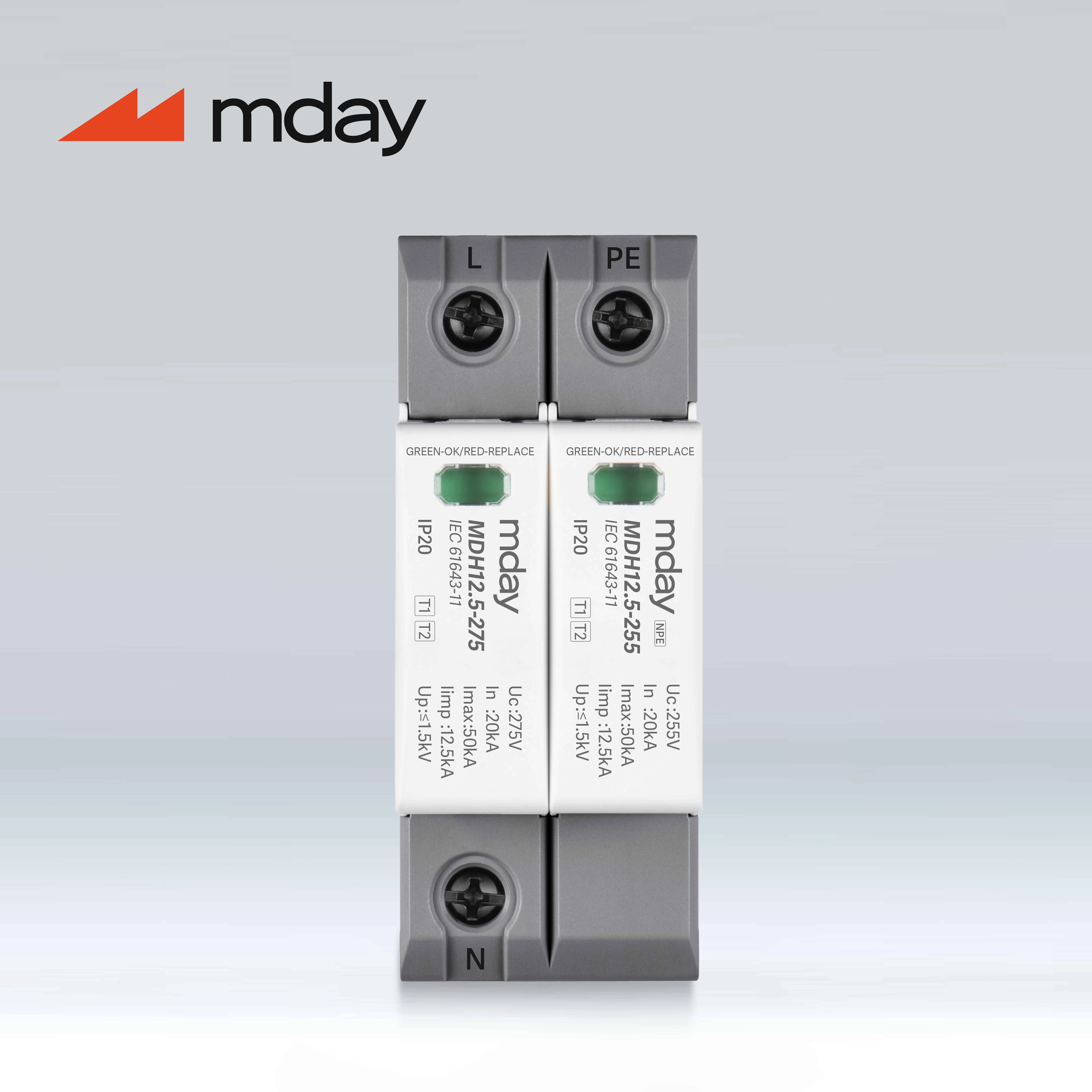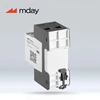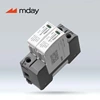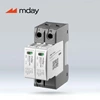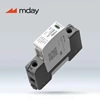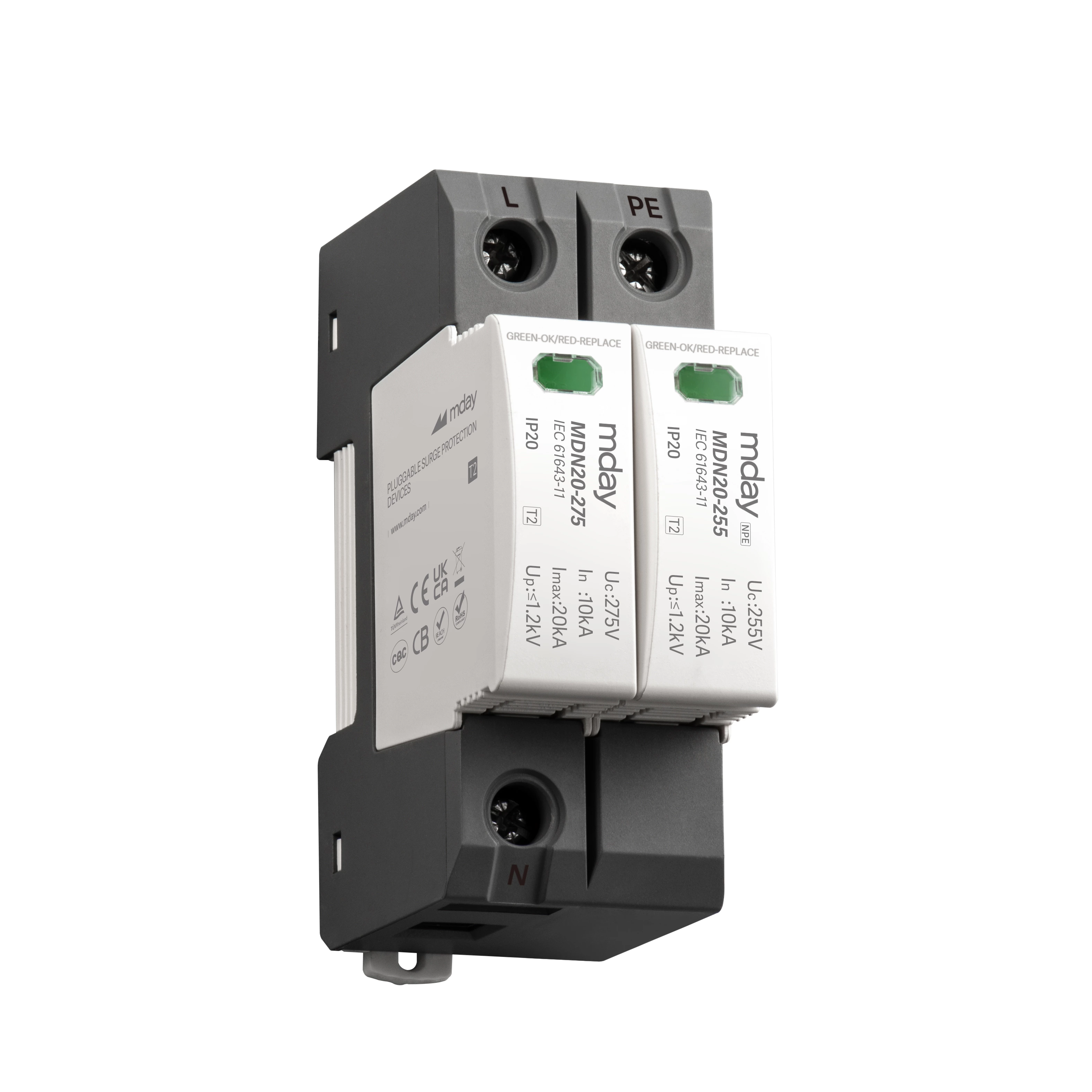How Do We Distinguish Between Class B Surge Protectors And Class B+c Surge Protectors?
The lightning protection system generally uses the first-level surge protector, second-level surge protective device and third-level surge protection device of Class I, II and III tests. In addition, there are also B, C, D and B+C surge protectors in use. What is the difference between them?
1. What are B, C, D and B+C surge protectors
Surge protectors are classified into B, C and D surge protectors according to the installation location. This classification method comes from the old German national standard, which was introduced by German shield into the Chinese market. It has been invalidated and replaced by the latest I, II and III test surge protectors. Therefore, B+C surge protector is equivalent to the commonly used composite I+II type surge protector.
2. The difference between B-level surge protector and B+C surge protector
1. B-level surge protector. It refers to T1-level surge protector, and its UP value is higher than that of B+C surge protector.
2. C-level surge protector. Generally refers to the lightning protection product that can be used as the second-level protection of the system, and the T2 test maximum flow rate of the surge protector is 40kA.
3. Class D surge protector. Refers to the third-level terminal protection lightning protector. This product is mainly used for the final lightning protection of the electrical system, such as elevator room, single-phase distribution box and other locations. T2 test maximum flow rate of the surge protector is 20kA.
4. B+C surge protector
(1) B+C combination lightning protectors are currently produced by only a few manufacturers. Its basic structure is similar to that of ordinary Class B voltage-limiting lightning protectors. Both use varistors in parallel to increase the product's flow capacity. Those who are familiar with the characteristics of varistors know that the voltage gradient of the varistor can be adjusted by different formulas. The smaller the voltage gradient, the thicker the varistor chip, the higher the residual voltage, and the better the thermal capacity of the chip; the larger the voltage gradient, the heavier the varistor chip, the lower the residual voltage, and the worse the chip capacity. Its maximum flow capacity is about 60KA.
(2) Compared with Class B (Level 1) surge protectors, B+C surge protectors can not only withstand high-throughput lightning currents, but also have the characteristics of low voltage protection level Up. Their internal structure is more complex than that of pure Level 1 surge protectors and are usually used for Level 1 surge protection.
